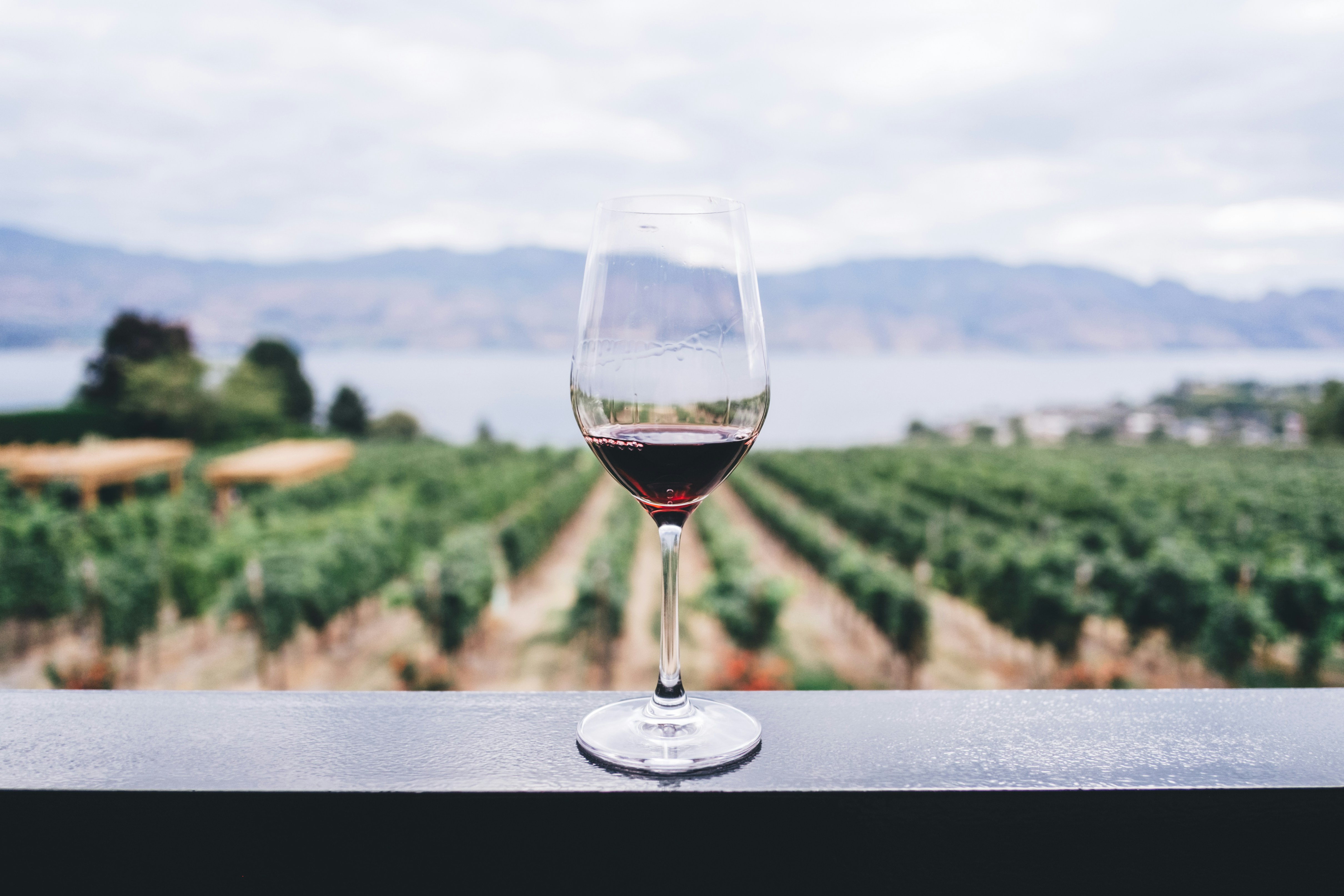Comparative Analysis: Burgundy's 2015–2020 Climatic Response

A structured vertical examination across six consecutive vintages (2015-2020) reveals distinctive adaptation patterns among premier and grand cru Burgundy producers. This period represents a particularly instructive case study in climate response strategies.
Shifting Paradigms
Our research methodology included blind comparative tastings of 42 domaines across the Côte d'Or, analyzing both sensory characteristics and technical specifications. The results reveal an accelerating shift in production philosophy, with harvest timing emerging as the most significant adaptive variable.
While the 2015-2016 vintages show relatively conventional approaches, the 2017-2020 period demonstrates increasingly aggressive adaptation in harvest parameters, with leading producers harvesting up to 21 days earlier than historical averages to maintain acid structure and moderate alcohol levels.
Hierarchy Disruption
Perhaps most significantly, traditional producer hierarchies are being subtly challenged by differential adaptation capabilities. Several historically "second-tier" producers have demonstrably improved their relative quality positioning through more responsive climate adaptation.
This suggests a potential reshuffling of quality perception in the coming decade—an evolution with significant implications for collectors and investors focusing on Burgundy as a core portfolio component.